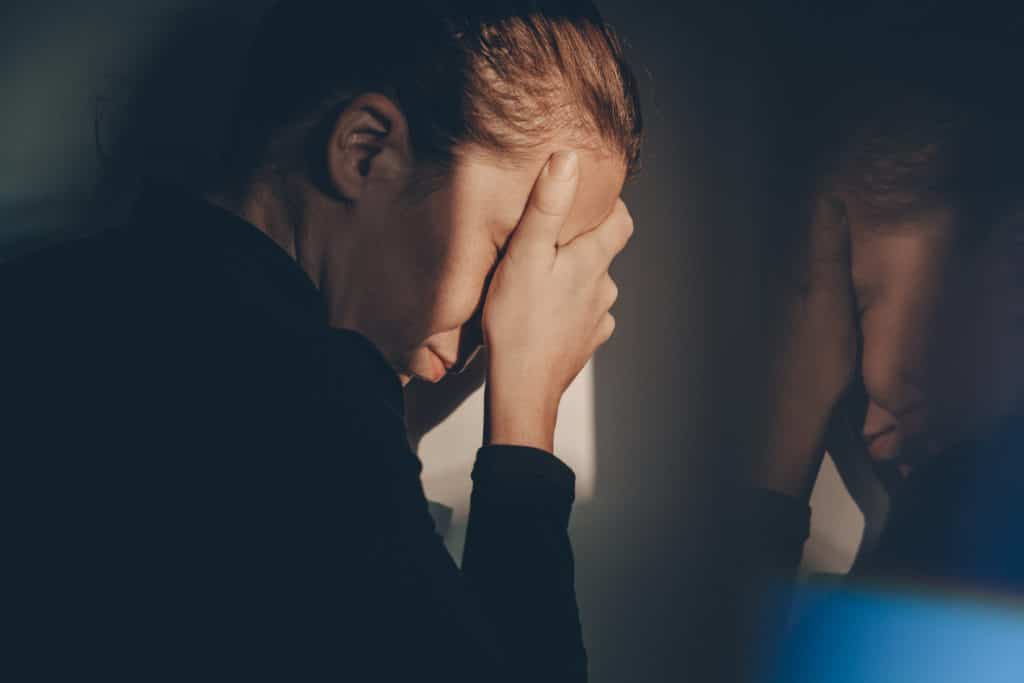Not on the News: Four Under-Reported Facts about the Opioid Epidemic
If you’ve been paying attention to the news recently, you know that the United States is currently facing an epidemic of opioid abuse like it’s never seen before. While any news station will tell you how bad the situation is getting, it can be difficult to find the hard and fast truths that describe both the realities on the ground as well as the pragmatic next steps we must take to end the epidemic. Here are four facts that you won’t hear on any news cycle but that are essential to understanding and overcoming our domestic opioid epidemic.
-
Prescriptions have dropped; deaths haven’t.
Public health advocates and professionals alike championed the recent marked decrease in the number of prescriptions for opioids given by physicians in the last three years. However, many news outlets may fail to further inform you that despite giving fewer prescriptions for opioid-based medications, the number of deaths associated with an overdose of the drug is still on the rise. In 2014 alone the New York Times reports that nearly 30,000 people died as a result of a fatal overdose on opioid-based medications. It is important to celebrate milestones like a tide-turning change in the number of prescriptions overall, so long as we don’t lose sight of the human lives still at stake.
-
Demand for alternatives is increasing.
Fewer prescriptions means less of the drug will be available on the streets, right? Unfortunately as the number of prescriptions available to people seeking to relieve pain and addictive cravings has gone down, the demand for alternatives has gone up. Unable to get their fix from a physician anymore, people addicted to opioid-based medications must now use street drugs like heroin in order to get high. Decreasing the number of prescriptions is still an ideal way to think about how often and in what circumstances we prescribe opioids, but it’s important to keep in mind the counter-effects reduced prescriptions will produce. For example, we see fentanyl coming in from China that is cheap and so strong overdose is fast and often fatal.
-
There’s risk at any dosage.
Although many get hooked on opioid-based medications like Vicodin following a prolonged prescription, you don’t have to be a person with substance use disorder to die from an overdose on opioids. Teenagers looking to experiment, an elderly patient who underestimates their effects, and even adults looking for a little extra relaxation at the end of a long day are all at risk for abusing and even dying from an opioid overdose. As physicians reconsider the most appropriate medical circumstances in which to prescribe opioids, as a class of drug we must continue to recognize the inherit risks in taking any amount of opioids to manage pain.
-
We’re not in a vacuum.
While it’s easy to lay out all the reasons why a prescription for opioid-based medications like Vicodin should be avoided, there’s one major problem: millions of Americans are already prescribed opioid-based medications with no clear immediate alternative. Nuances to this conversation like the number of people currently prescribed opioids do make the situation more complex, but embracing the complexities is essential to fully meeting the public health crisis before us.
Beyond ringing the alarm, many news outlets are less eager to dive into the nitty-gritty details that make opioids’ hold on our nation so strong. Maintaining focus on the human lives caught in the balance in this discussion, especially people who are already taking opioid-based medications or a street level equivalent, must always be the goal of our fight against this epidemic.
The Best Call You Will Ever Make
Call Now to Speak Confidentially with an admission counselor.
